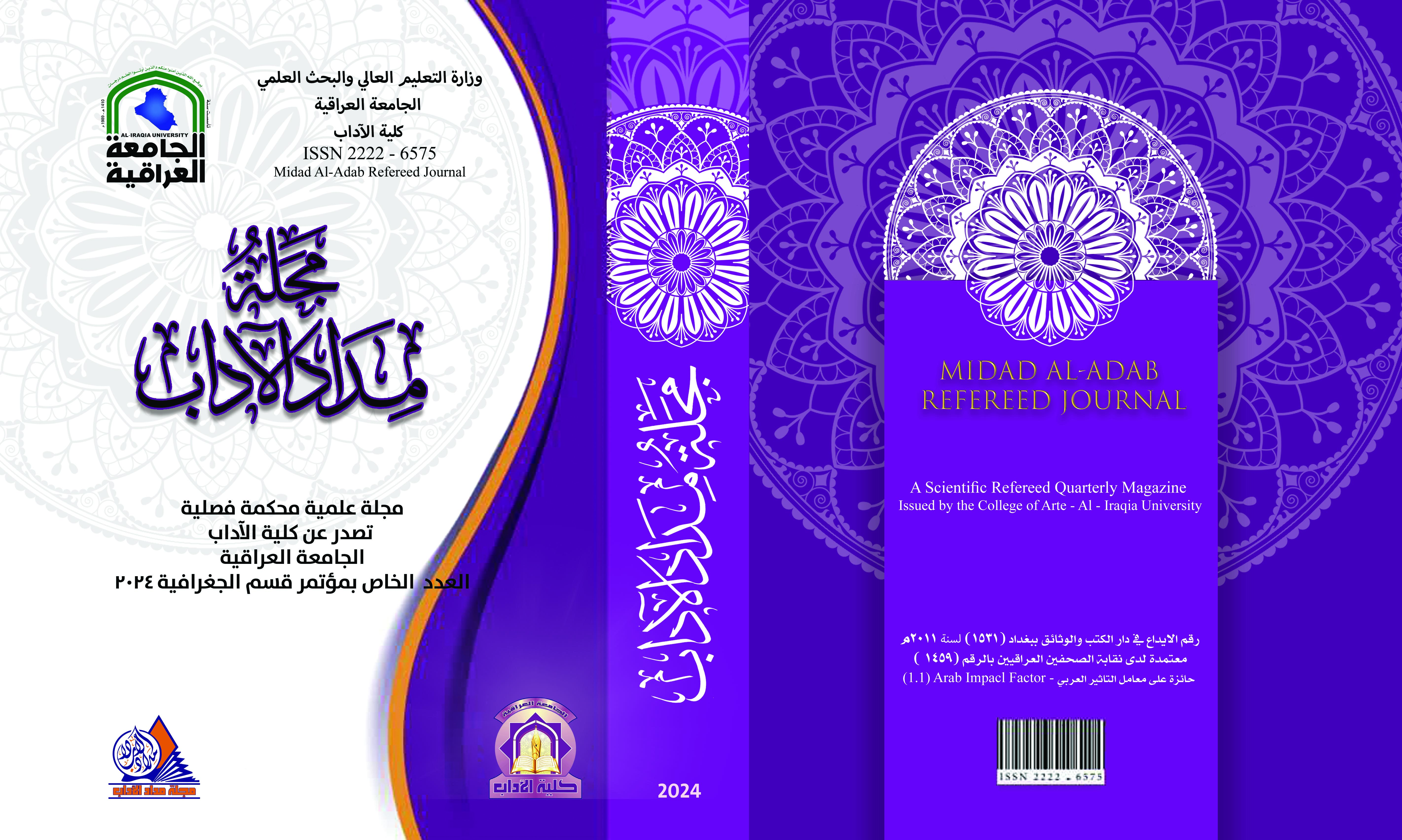Mapping water risks to agriculture and food security in Iraq A future vision using the interactive tool (Aqueduct Food Tool)
DOI:
https://doi.org/10.58564/ma.v14iالعدد%20الخاص%20بمؤتمر%20قسم%20الجغرافية.1472Keywords:
Keywords: maps, agriculture, interactive websites, algorithms, geographic artificial intelligence.Abstract
Geographic algorithm technology has witnessed remarkable development in recent years and is still at the forefront of exploration and innovation, including interactive platforms supported by artificial intelligence and machine learning as important tools used to draw and display maps of the environment from global models. In our research, we used the interactive tool (Aqueduct Food Tools) from the World Resources Institute (wri.org), which relies on open access to reliable data. This tool combines global data on water, agricultural and food security risks.
The research aims to use the Aqueduct Food Tool to understand and identify current and future water risks to agriculture and food security, which relies on the Spatial Production Allocation Model (Map SPAM), an approach to estimate the global distribution of crops with a resolution of 10 x 10 km. and the International Model for the Analysis of Agricultural Commodity Policy and Trade (IMPACT) for country-level data sets, using hydrological modeling of future trends.
It became clear from the research results that the interactive tool contains data on agricultural crops (irrigated and rain-fed) at the country level, including Iraq, and water risk indicators (water stress, drought risks, low groundwater levels). And food security indicators (food demand, total crop production, net trade, size of population vulnerable to hunger). It was applied to Iraq to explore the volume of data, analyze it, and conclude a comparison between the base maps (2010) and future vision maps (2040) and the change index from the baseline. The most important findings of the research were the production of indicator maps with graphical reports and conducting a comparison model, for example, between Iraq and Syria. Showing the baseline for each indicator dynamically and then converting it to an image (JPG) format.
Downloads
Published
Issue
Section
License

This work is licensed under a Creative Commons Attribution-NonCommercial-NoDerivatives 4.0 International License.








